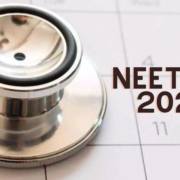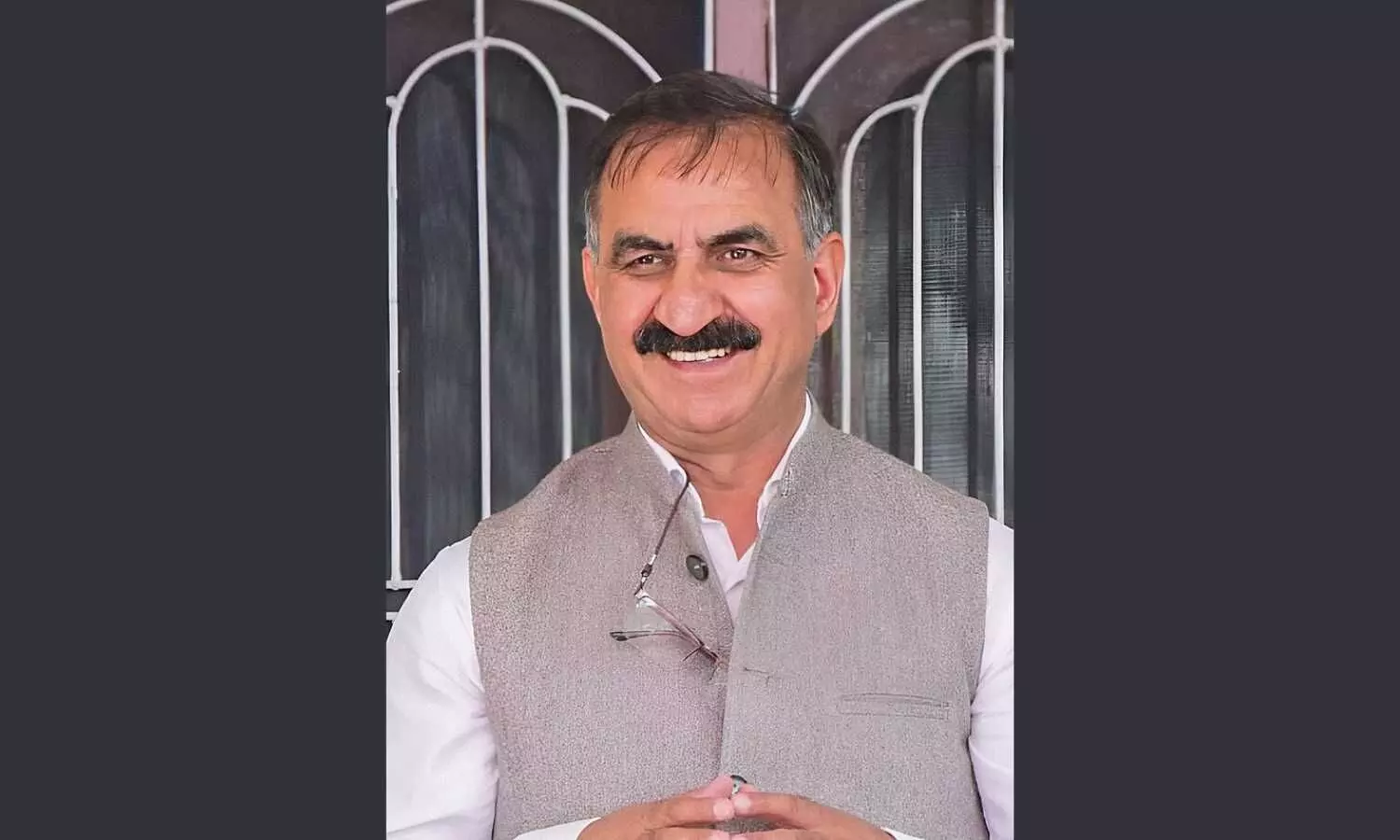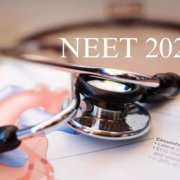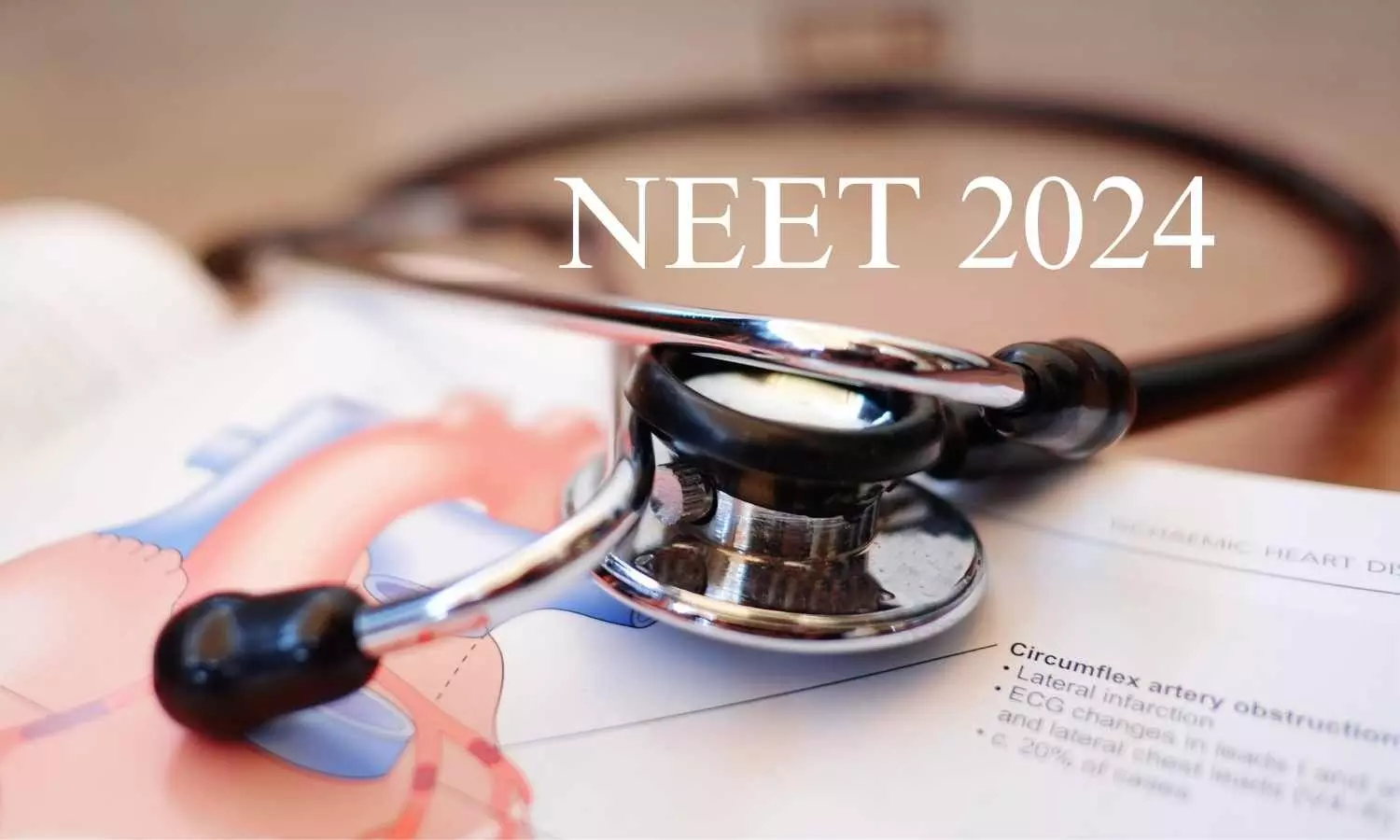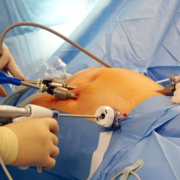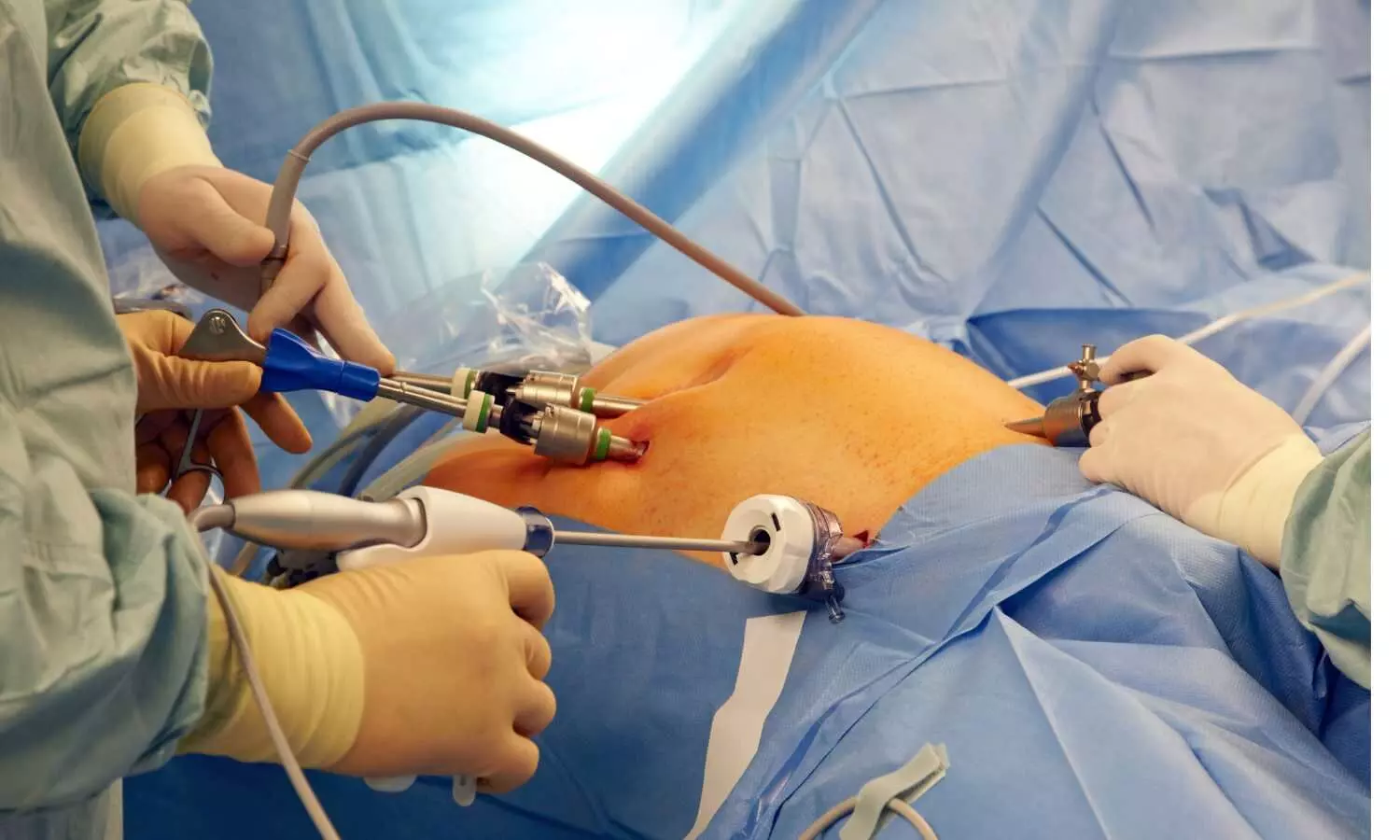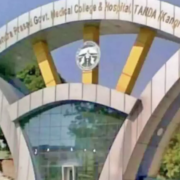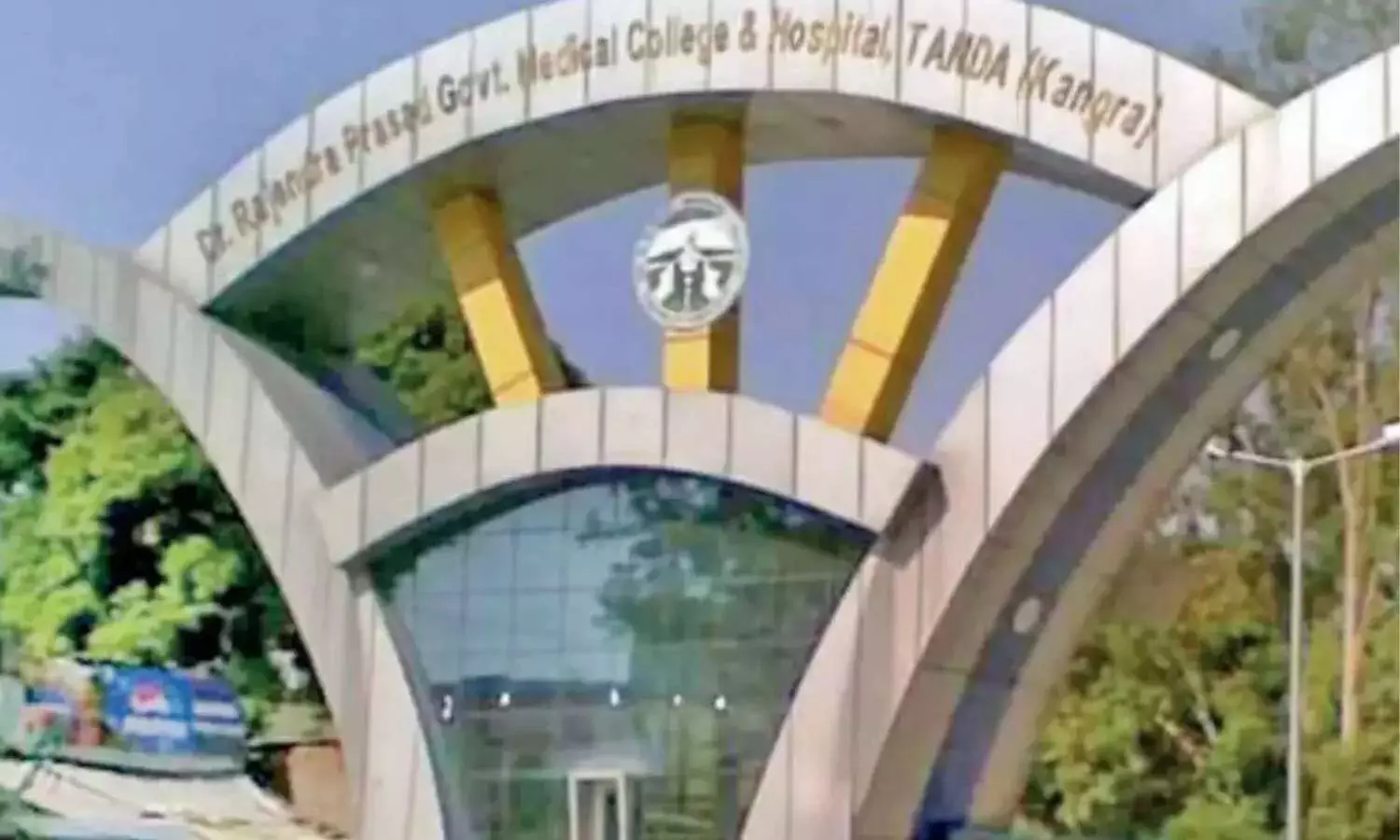NEET PG 2024: Health Ministry, NBE officials review exam process 2 days after postponement
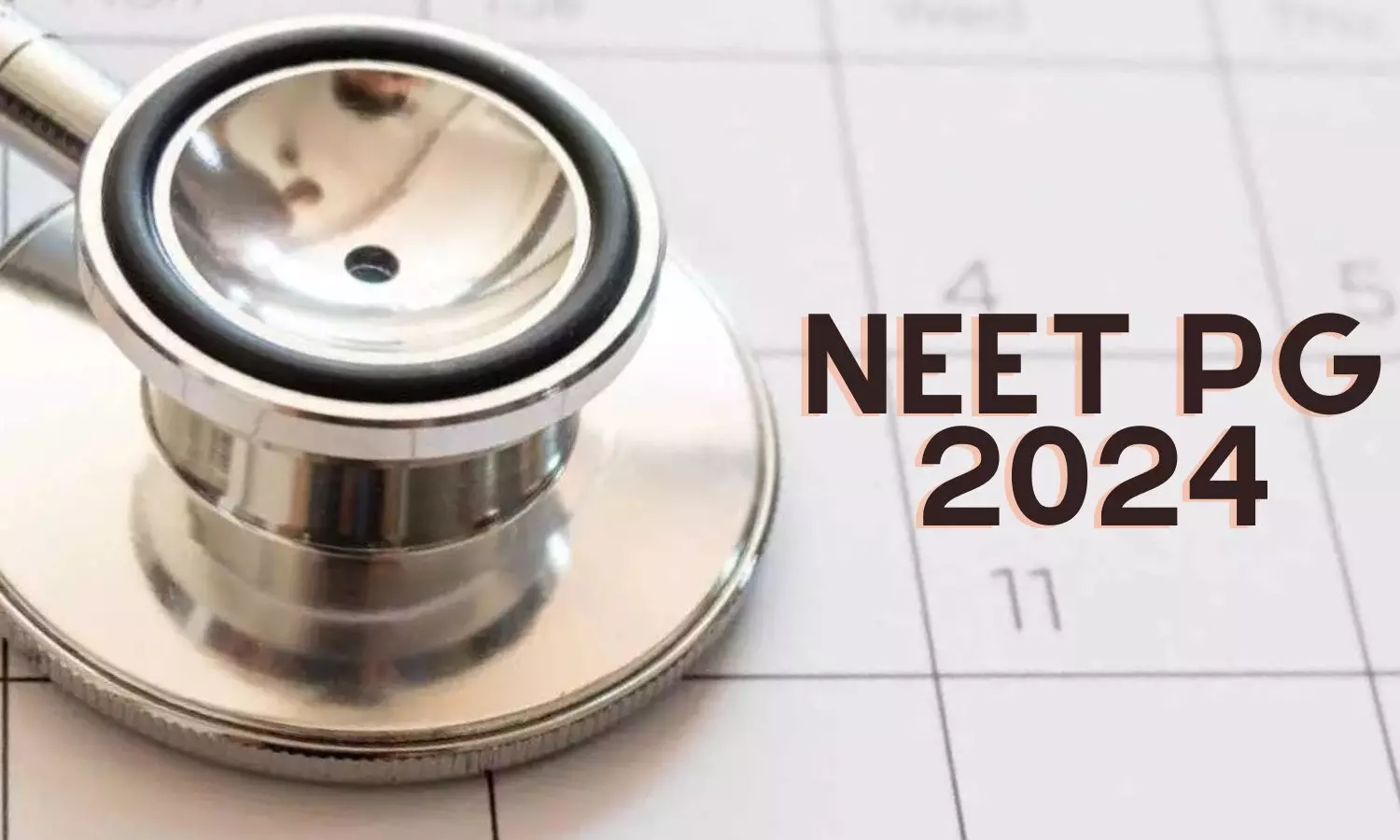
New Delhi: 2 days after the postponement of PG medical entrance test, the top officials from the Union health ministry and the National Board of Examinations in Medical Sciences reviewed the process of the NEET PG exam.
The National Eligibility Entrance Test (Postgraduate) entrance examination is conducted by the National Board of Examinations in Medical Sciences (NBEMS), along with its technical partner Tata Consultancy Services (TCS), for medical students.
According to sources, senior officers from the TCS were present in the meeting, reports PTI.
Also Read:NBE issues caution advisory for NEET PG 2024 applicants
Medical Dialogues had earlier reported that the government on Saturday postponed the NEET-PG entrance examination, scheduled to be held on June 23, as a “precautionary measure” in the wake of recent allegations on the integrity of certain competitive exams.
The Monday meeting was held to check the “robustness” of the system for the conduct of the exam in the coming days, sources informed PTI.
It was learnt that the TCS top brass briefed about the various aspects of the exam procedure that is followed in the meeting.
“The process of uploading the NEET-PG exam paper starts an hour before the exam is to be held. This time it was postponed as a preventive measure to ensure the exam is held in a transparent and secure manner. New dates will be announced soon depending upon the availability of centres,” the source said.
Releasing a Statement on June 22, 2024, the Ministry postponed the exam around 12 hours before its scheduled date i.e. on June 23, 2024. The exam will now be rescheduled and a new date will be announced soon. Ministry had informed that the exam was being postponed after considering the incidents of allegations regarding the integrity of certain competitive examinations.
“Taking into consideration, the recent incidents of allegations regarding the integrity of certain competitive examinations, Ministry of Health has decided to undertake a thorough assessment of the robustness of processes of NEET-PG Entrance Examination, conducted by National Board of Examinations for medical students. It has accordingly been decided, as precautionary measure to postpone the NEET-PG Entrance Examination, scheduled to be held tomorrow i.e. 23rd June, 2024,” the Union Health Ministry stated in a release.
However, since the exam was deferred only hours before the actual exam date, several candidates and parents arrived at the exam centres unaware that it had been postponed. They rued allegations of irregularities plaguing exams conducted by the exam bodies and asserted that it was adding to their already heightened stress and tension.
Powered by WPeMatico

